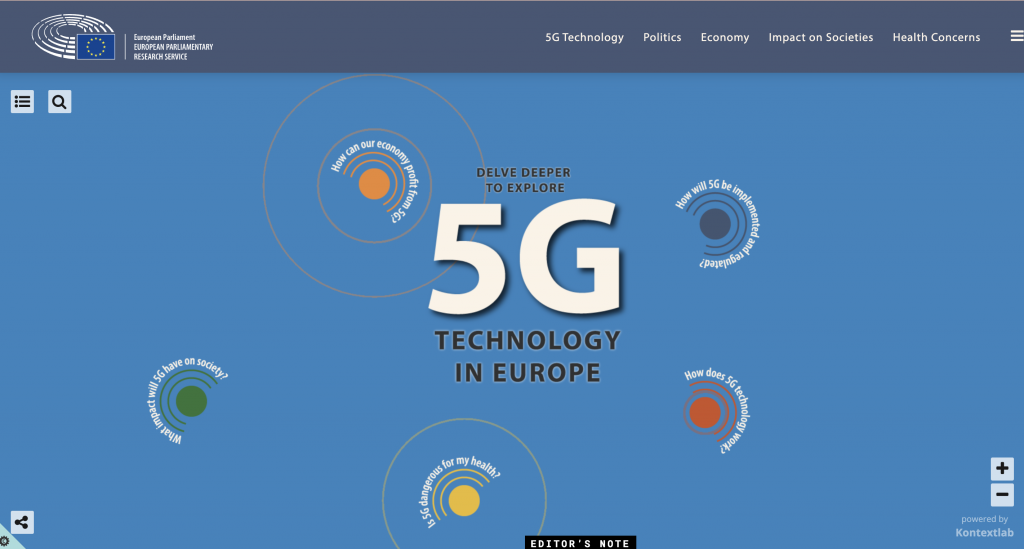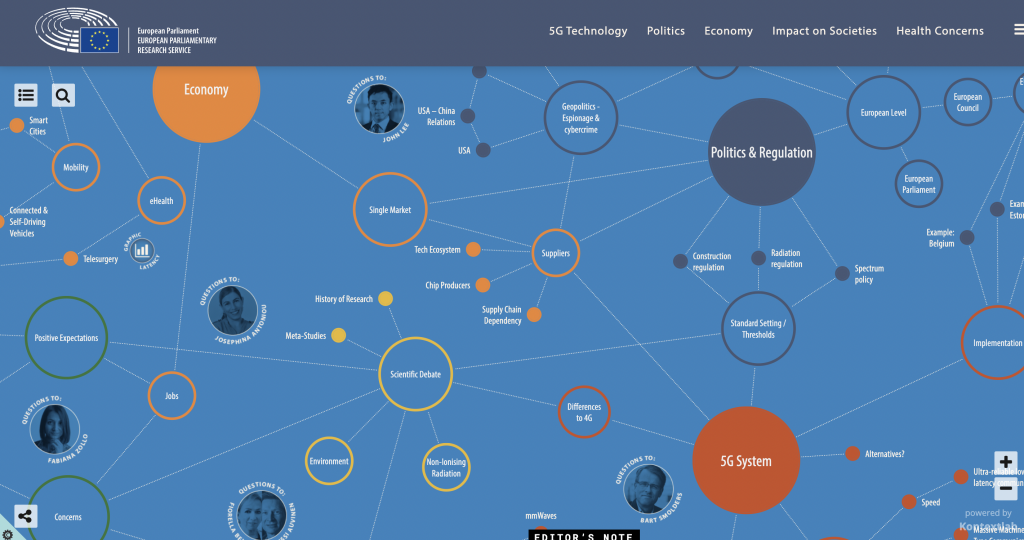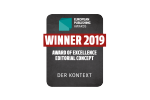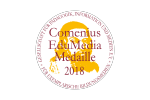Like a building, when you’re working with a bunch of information, it needs adequate structuring. Yes – most of us think we’re perfectly able to get our point across when we put pen to paper. But do you really ever get to thinking about how you shape your information? In this blog post, we detail how to do just that: structuring your topics in order to make the most sense.
First things first: why is structure important? It all comes down to how we see things. If your information is not structured clearly, you can’t expect others to understand what you’re trying to communicate. Your point might not come across, or worse: you might be misunderstood completely.
Not only does well-structured information convey what you intend, it also makes it much easier and enjoyable for the reader. There’s much less mental struggle to go through your words if you use structuring well enough.
Structuring the broader topic
Before we focus on the smaller aspects of writing, for instance pieces of text, we need to get our mind straight about the broader topic. This can be quite the process. Let’s take a look at our map on 5G technology, for instance. Such a broad topic, where do we start? How far do we want to go? Not only is there the technical aspect, the topic reaches much wider than that. Think of the politics and economics behind it, for instance, and the conspiracy theories floating around.

For this, we went from big to small. Using a kontext map, we established what our main topics were and how they branched out into smaller subjects from there. By going visual, we managed to keep a clear overview of what is a dauntingly big and important topic. Breaking down the topic visually helps you keep perspective and clarity.

While we used the 5G topic above as an example, structuring any big topic is best done visually because of the possibilities to keep a clear overview. Whether you’re trying to write a book or producing a web site with different pieces of information, we’d always recommend mapping out your thoughts before continuing with the smaller chunks.
Following logic
After we managed to get a hold of our topic structure, we were able to structure the single, smaller texts: the next level. This too, can be tricky. The logic your piece should follow, first of all depends on what text structure you’re going for. In general, there’s 5 ‘main’ options:
- Sequence
In a sequence, there’s an organizing structure based on time (chronological), numbers or space. A sequence is one of the most basic textual structures, which can be used for a wide variety of texts (from informative pieces to historic novels).
Keywords to look for: First, second, third, before, then, finally, later
- Description
Descriptive structures focus on the explanation of a subject or event. Usually, such descriptions are arranged according to categories – from general to more specific.
Key to look for: descriptions
- Cause and effect
Cause and effect is a textual structure that shows relationships between two or more aspects.
Keywords to look for: because, as a result, therefore, if…then…
- Comparison and contrast
Used to explain how subjects relate to each other in a same/different manner, this technique of structuring is a key way to create texts. To put more power to this, you might consider using for instance graphics.
Keywords to look for: alike, in contrast to, on the other hand, similar to, however, whereas
- Problem and solution
A type of writing mainly used for informative writing, problem and solution is used when a specific issue is described and then a solution is detailed. However, such structures can also be used in an argumentative way: “This is wrong, and this is how I think we should resolve it.”
Keywords to look for: if/then, because, so that, dilemma problem
Logical pathways can reoccur in texts several times. Think of when you’re proposing the combination of several ideas in your text. First, you elaborate on one and then the other, after which you combine them. That can be done in several ways: a descriptive sequence, cause and effect, et cetera. However, at another time, you might choose to propose your idea through a completely different logical pathway, that might be more useful to that particular idea.

Levels of structure
So let’s go to the top level of structuring you can put to a text, first: the standard format. In the most basic of forms, your text is structured in an introduction, body and conclusion.
- In the introduction, you let the reader know what the text will be about. If you’re trying to convince your reader of something, this is the time that you also share your standpoint.
But most of all: your introduction should reel your reader in like a hook on a fishing rod does. A mediocre beginning doesn’t entertain anyone and makes the wish to continue reading disappear as quickly as snow does when the sun comes back out again. A good beginning not only entails the purpose of a text, but also the mood of the piece.
- Reaching the body, you let the reader know just why you think so. Or, if you’re creating a piece that is mainly informative, this is where all the information gets good!
- The conclusion is the big round-up on what you wrote. Usually, it’s not meant to share any new info. Instead, you piece everything together once more so the reader can leave your text well-informed.
“Okay”, you’re probably thinking now, “I already knew that. I learned it in school.” That might be the case, but time and time again we notice that written texts we receive from whoever, friends to coworkers, could use a little more eye to detail.
Key to building your text is sectioning it into different aspects. If you’re going for a longer subject, consider making a little list with all your sections first, and what you want to convey with them? These sections can be broken down as far as just ‘introduction’, ‘main body’ and ‘conclusion’, but you can also take it to the level of paragraphs. In that sense, you can see the paragraphs as your little building blocks to get your point across. Actually, a way to work around the introduction, main body and conclusion and to dive straight into these smaller sections could be to develop a table of contents.
But let’s switch back to sections for a bit first – we’ll dive into paragraphs later on. The sections come into play mainly in the main body of your text, as this usually is more extensive than the introduction and conclusion. Larger texts usually have more structural needs than shorter texts. And not in all cases it’s possible to ‘wing it’ with this structure: scientific paper writing, for instance, usually follows strict patterns and is embroidered by bibliography.
While rereading and often restructuring is key to a good piece of writing, we advise: get to a clear structure from the start. Therefore, it could be very helpful to create a list of subheadings of your main body. These might contain different arguments, if you’re trying to convince your reader, or perhaps chunks of information.
Make sure that their order is logical: if you’re talking about why a certain building should be renovated, for instance, first detail its history. Or, if you’re weighing pros and cons, make sure they logically follow one another instead of jumping around. Next to this, it’s important to remember to keep one idea per section, instead of chunking it all together. This makes it easier for the reader to follow where you’re going.
Structuring on a deeper level
Now, let’s dig a bit deeper: structuring is also needed on the level of paragraphs and sometimes even sentences. There’s three elements to a paragraph:
- Topic sentence(s)
In this part of the paragraph, which is often the first one or two sentences, we let the reader know: ‘Hey, this is what this building block is all about.” Just like you are trying to hook your reader at the beginning of the whole text, the topic sentence does just that for your paragraph. - Supporting sentences
Then, the reader heads over to the main body of your paragraph, in which you develop the topic further. If you’re trying to convey a standpoint in a discussion, this is where your supporting arguments would come in.
- Concluding sentence
Your paragraph is not over until you make a conclusion. This doesn’t necessarily have to be a conclusion in the traditional, larger text level sense. Instead, this concluding sentence ties your paragraph together. Sometimes, they also help the reader transfer to the next paragraph. In fact, ensuring a right flow between two paragraphs is key to the concluding sentence.
The way to create structure in subheadings is using the signposting technique. Signposting is the usage of words such as ‘furthermore’, ‘because of this’, ‘first of all’, ‘concluding’, et cetera. They’re words that point the reader to exactly what’s going on. ‘First of all’, for instance, let’s you know a list of things is coming up.
Techniques such as signposting create a better readability for your readers, ultimately making it easier and more enjoyable to let their eyes go through your words.
Structuring your topics to make sense, as you see, isn’t that challenging: you just need to know what to pay attention to, in order to create a clear and concise message.
Sources
- Structuring the text | Academic Writing in English
- Structure within paragraphs | Academic Writing in English
- https://www.awelu.lu.se/writing/writing-stage/structuring-the-text/structure-of-the-whole-text/
- Structure within sections of the text | Academic Writing in English
- TEXT STRUCTURES
- Text: Text Structures | Basic Reading and Writing: Cerritos College
- Structuring information
- https://www.youtube.com/watch?v=7kWGQ-_ipBY
Header photo: Alain Pham/Unsplash





